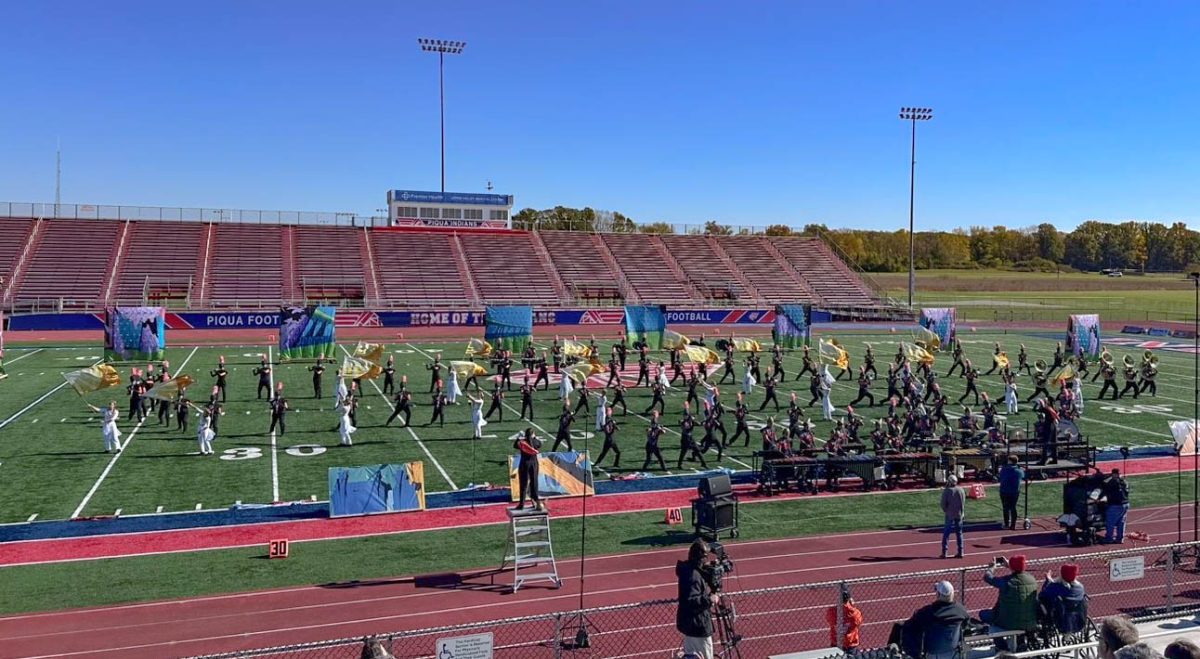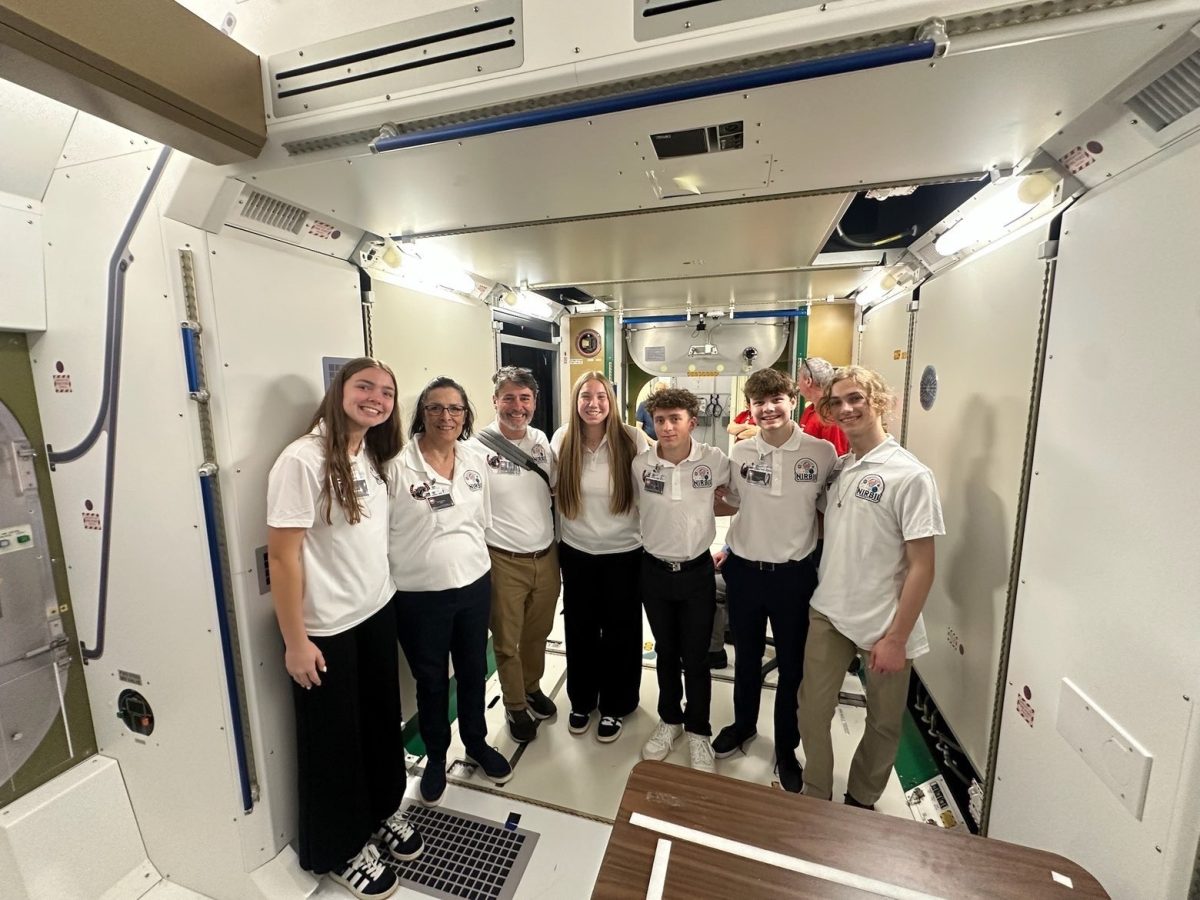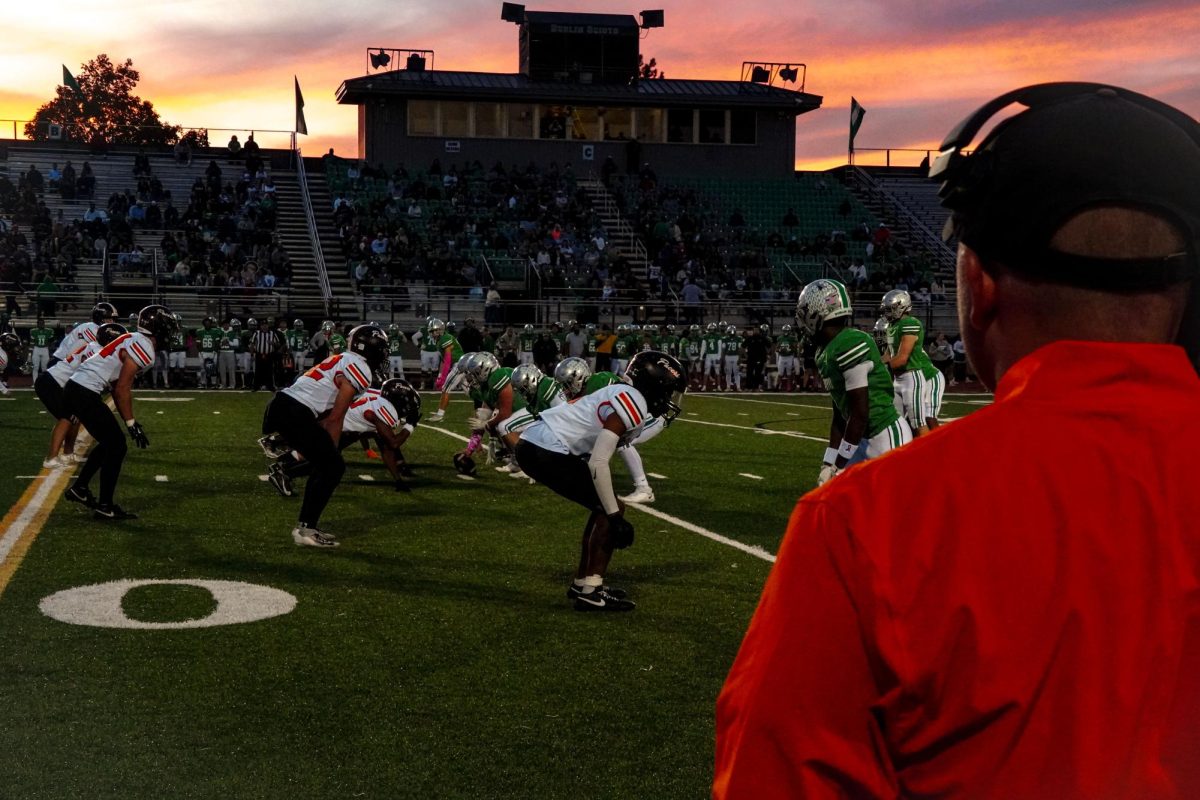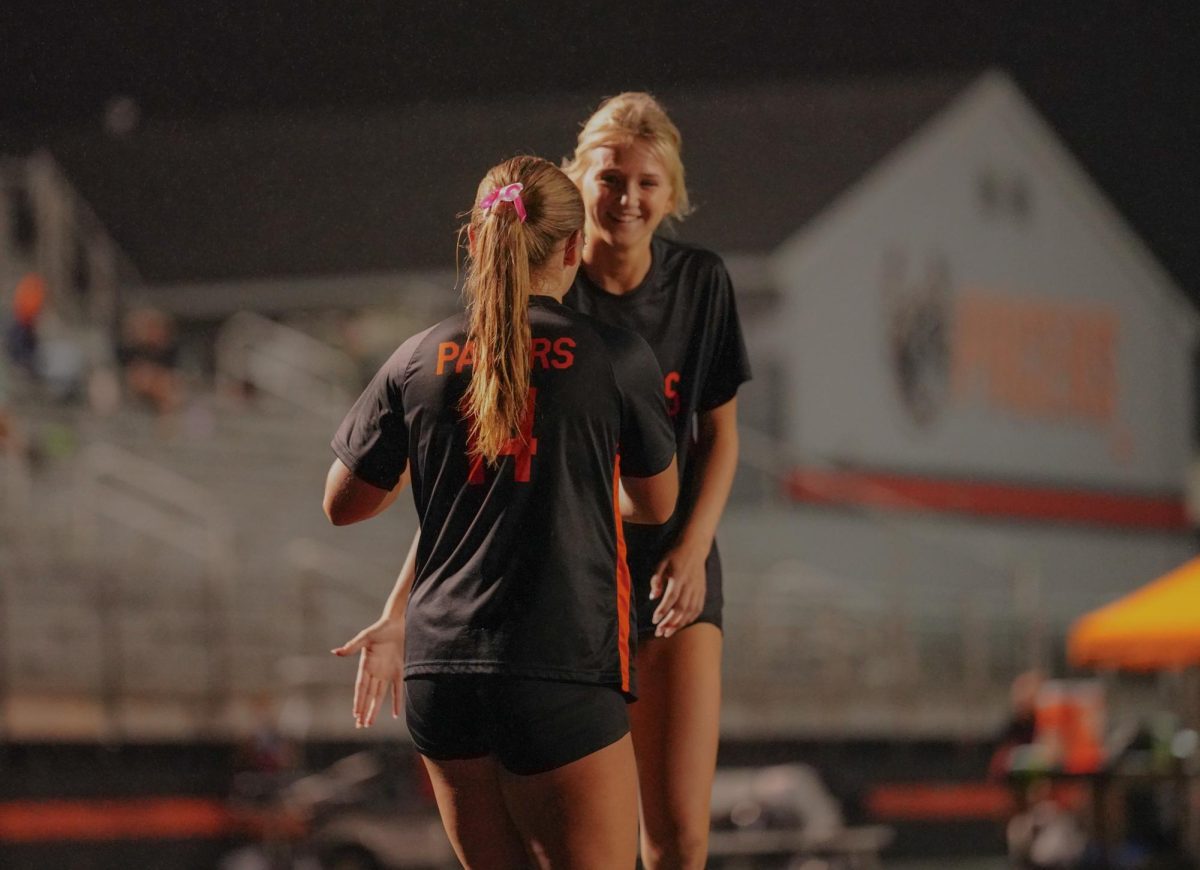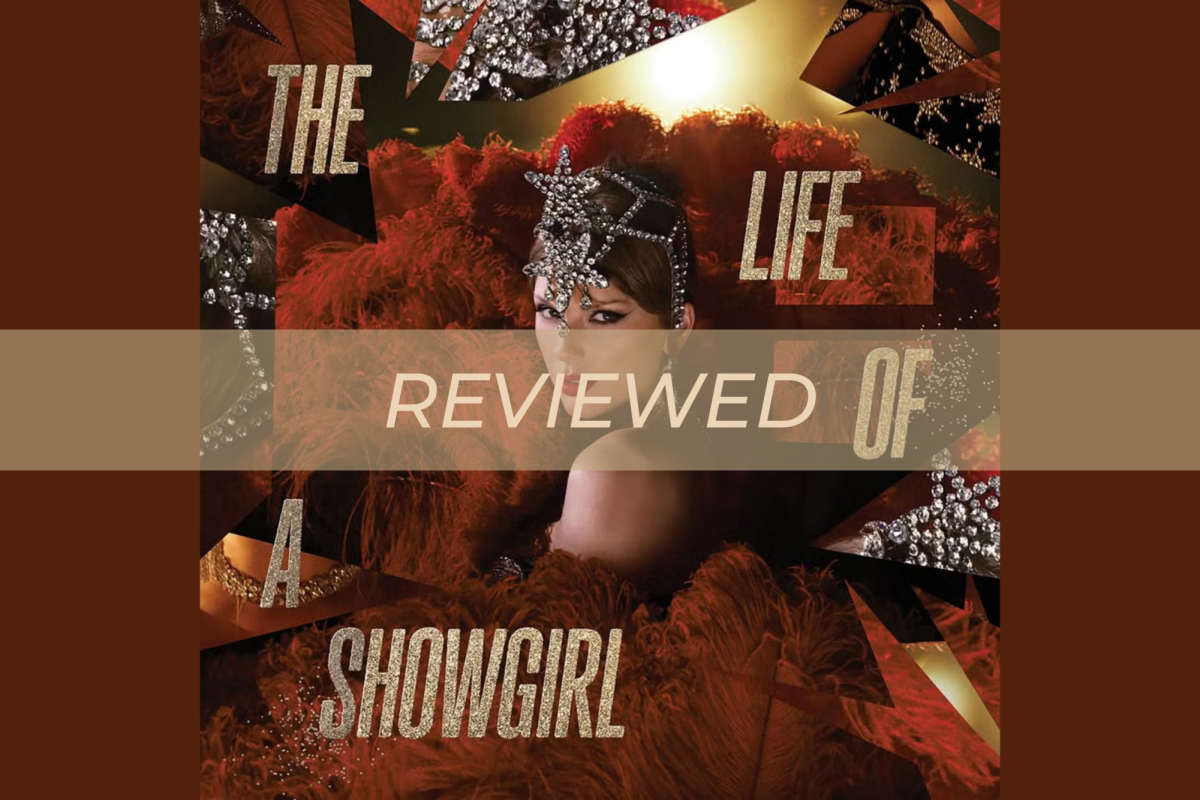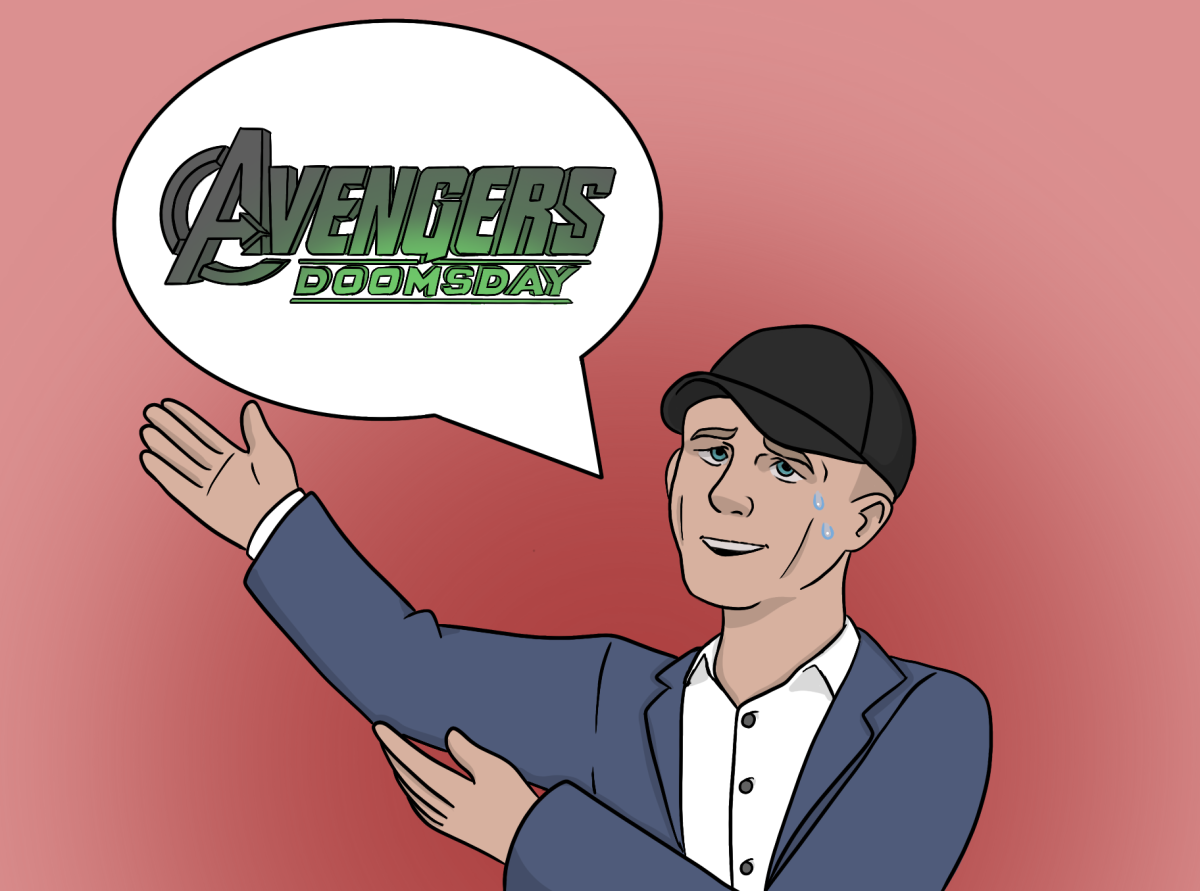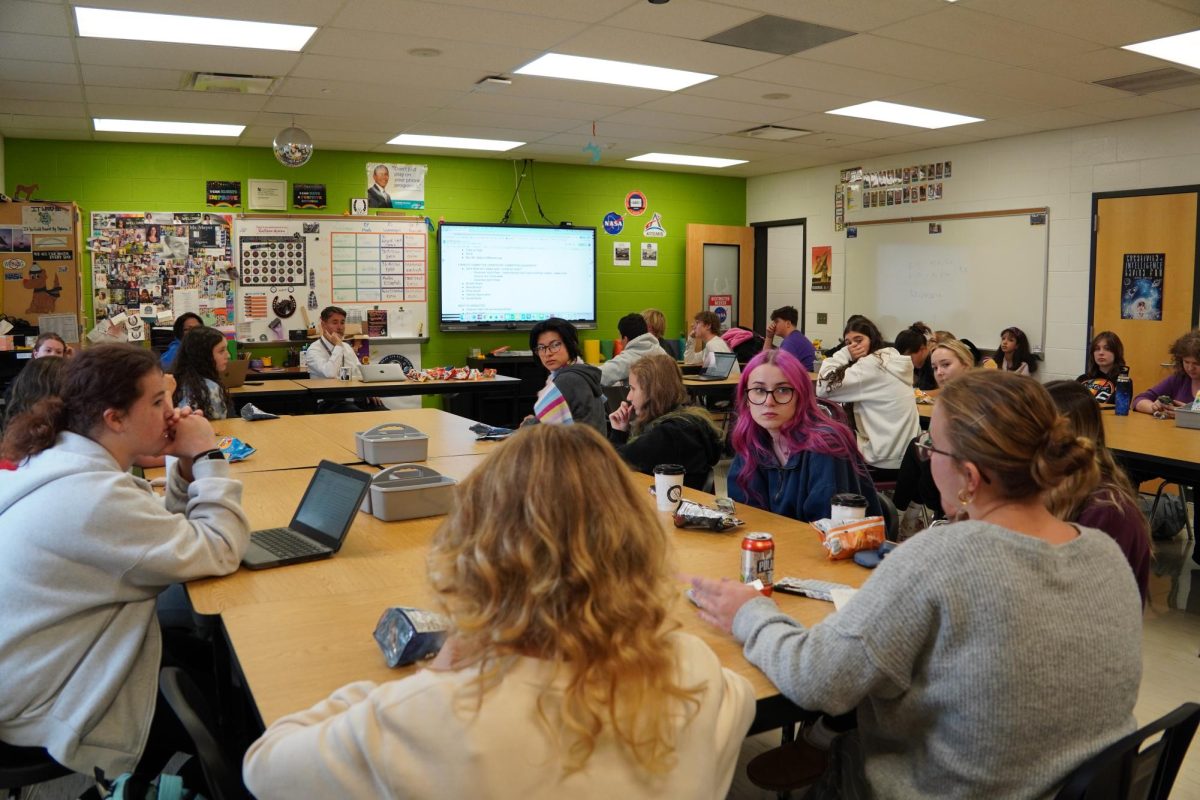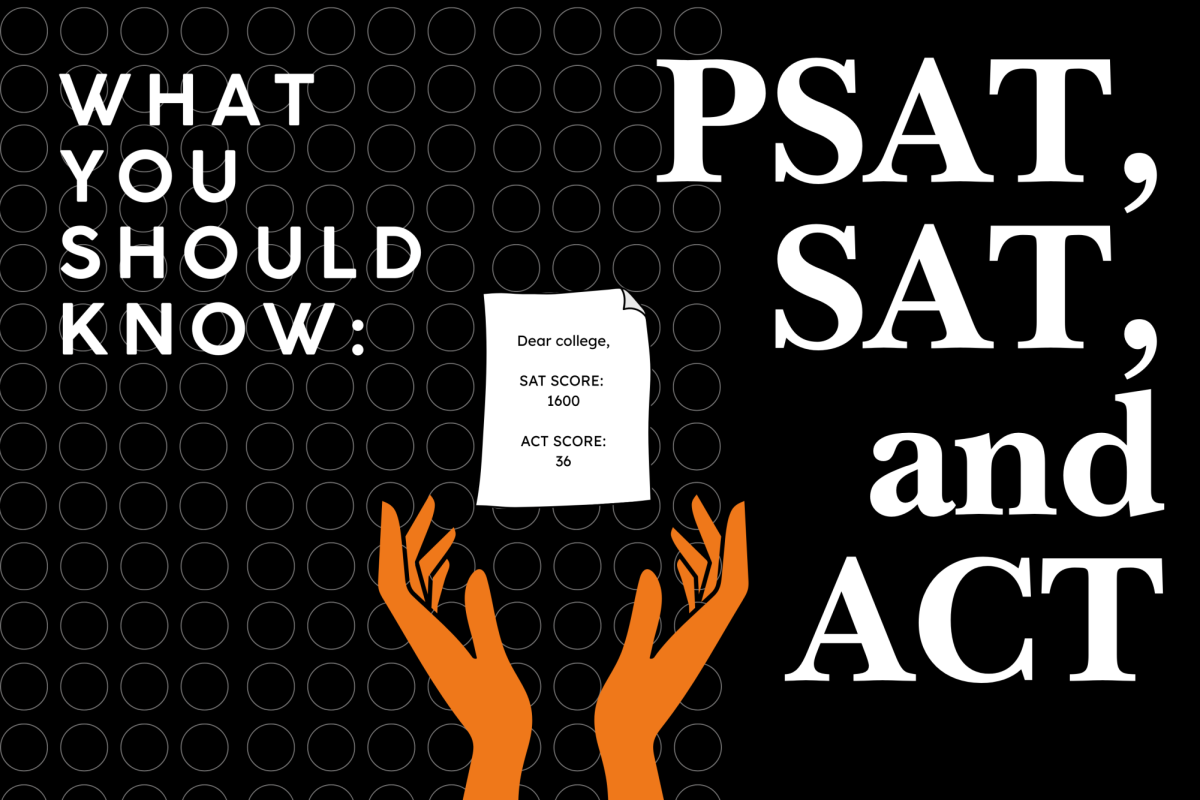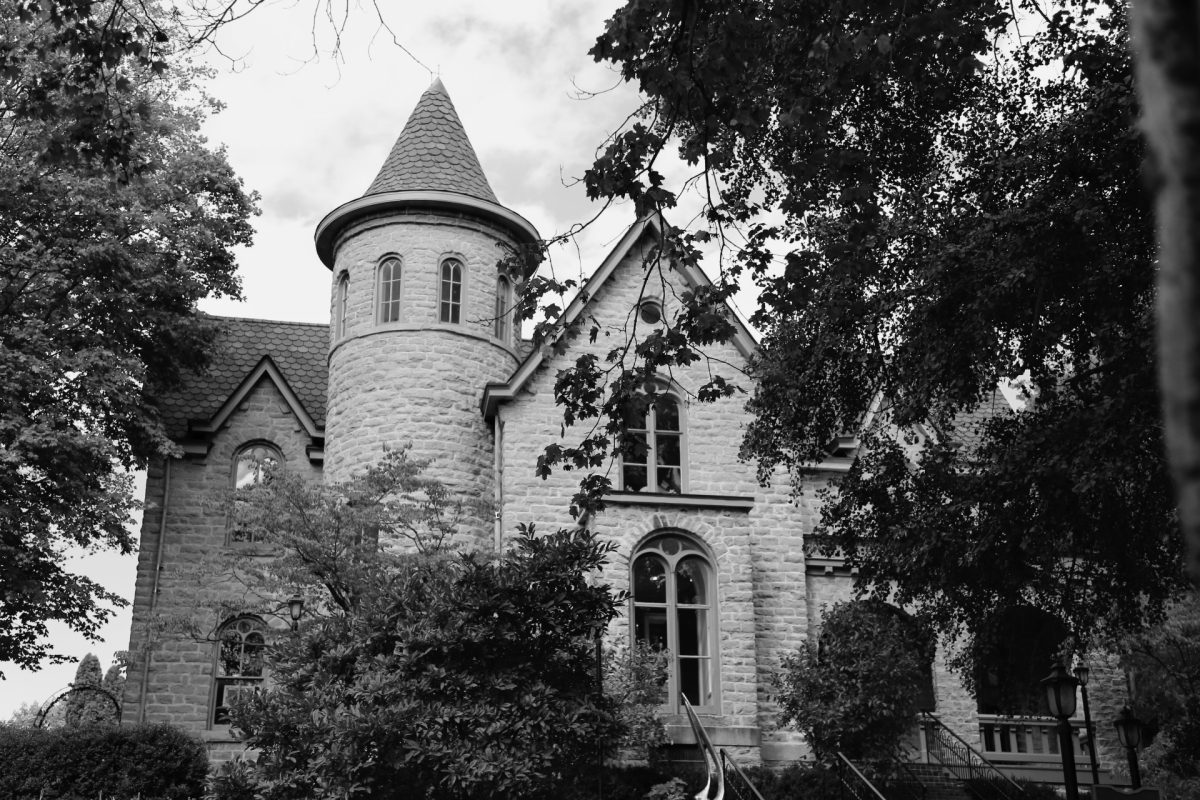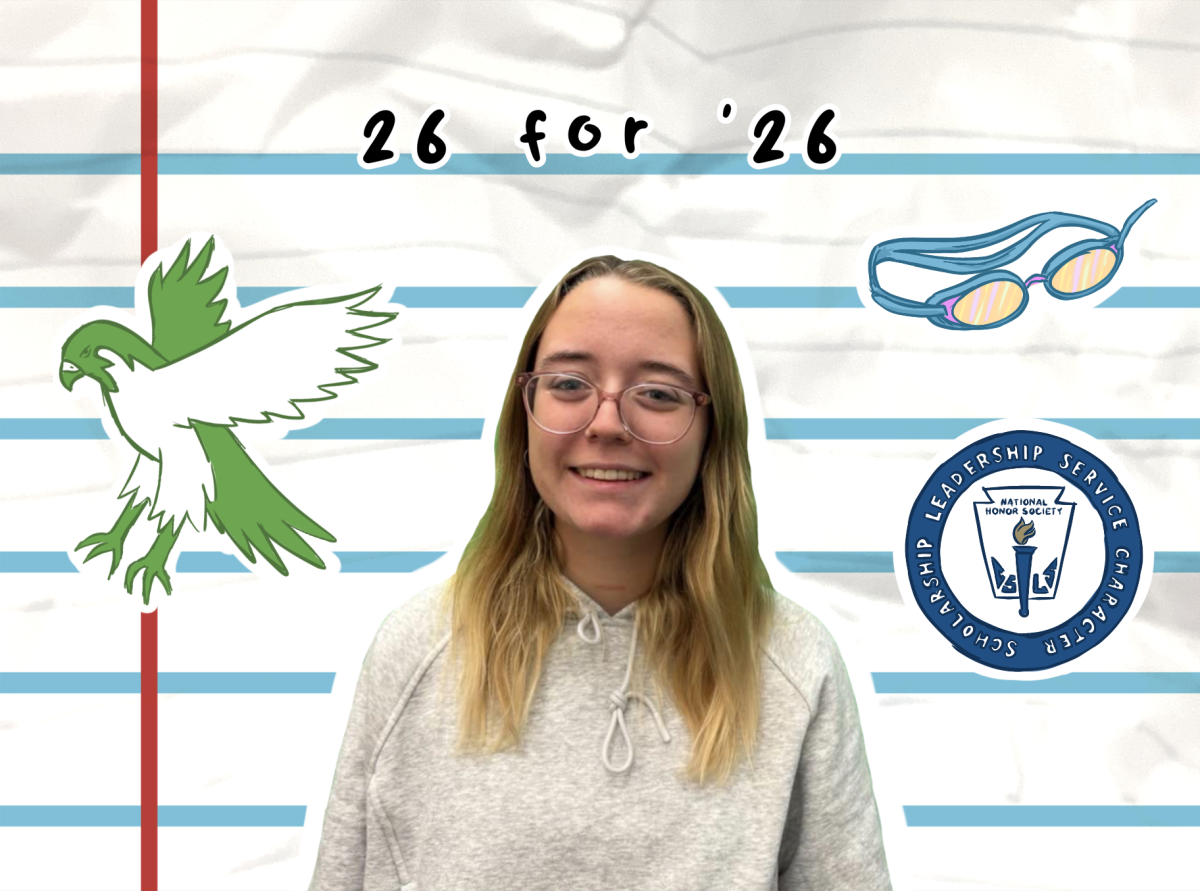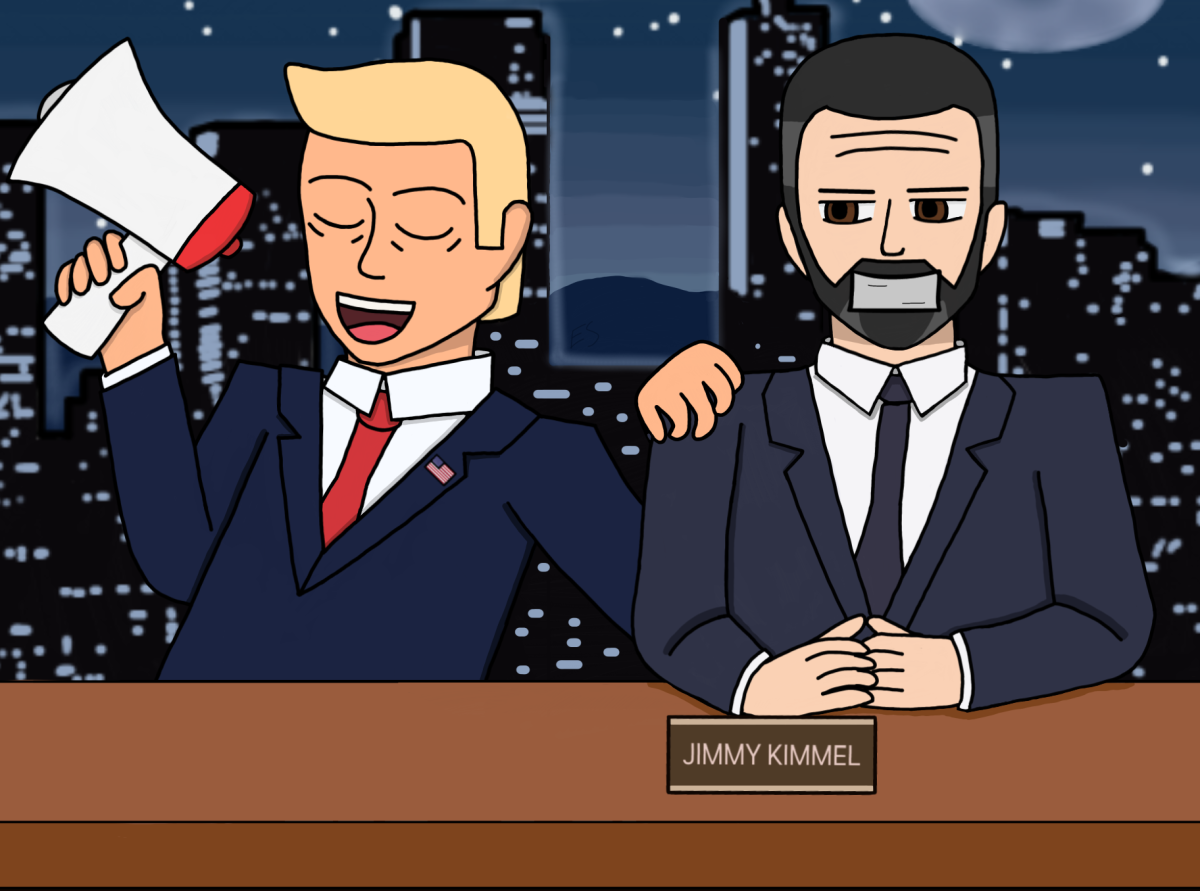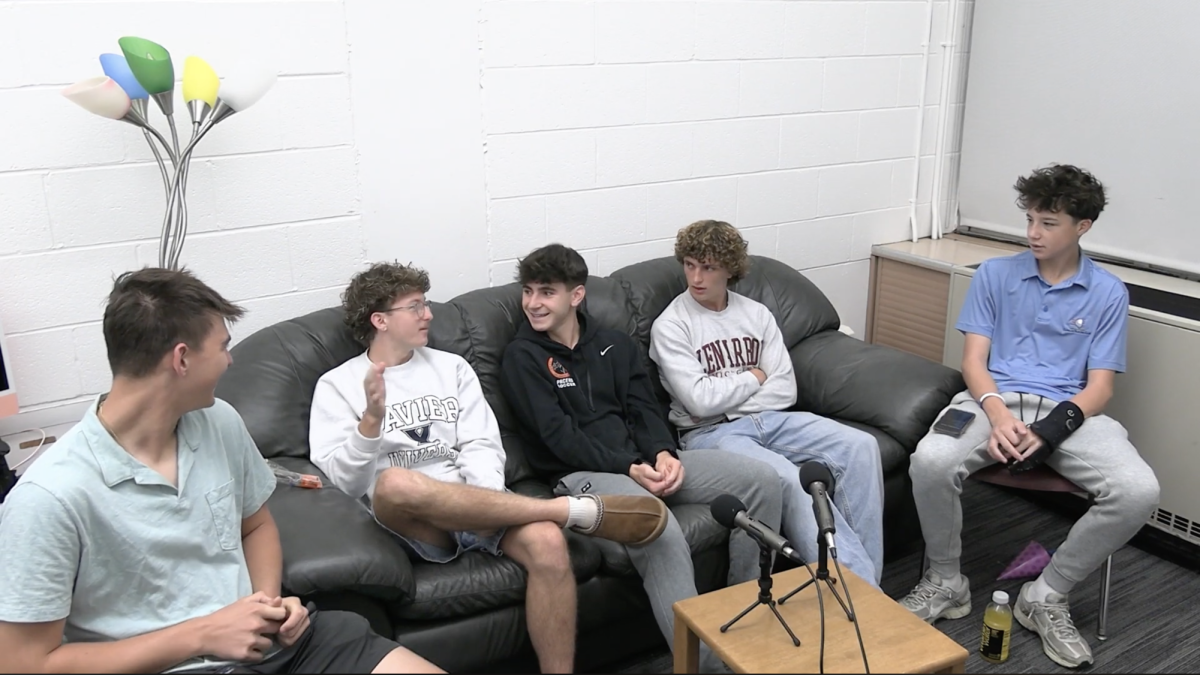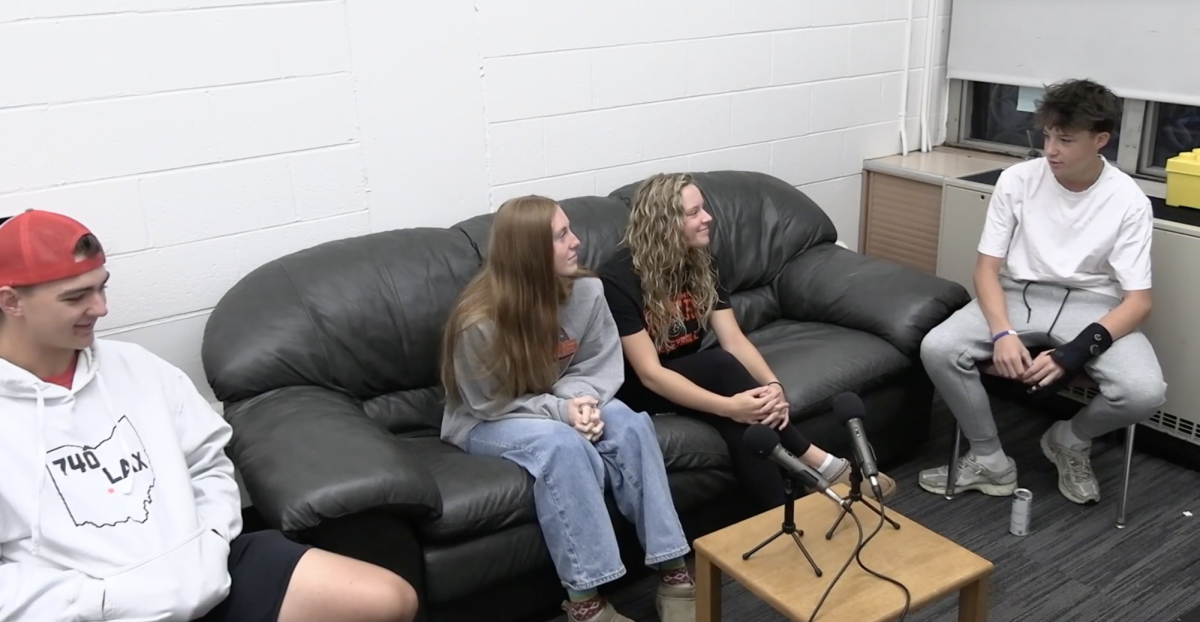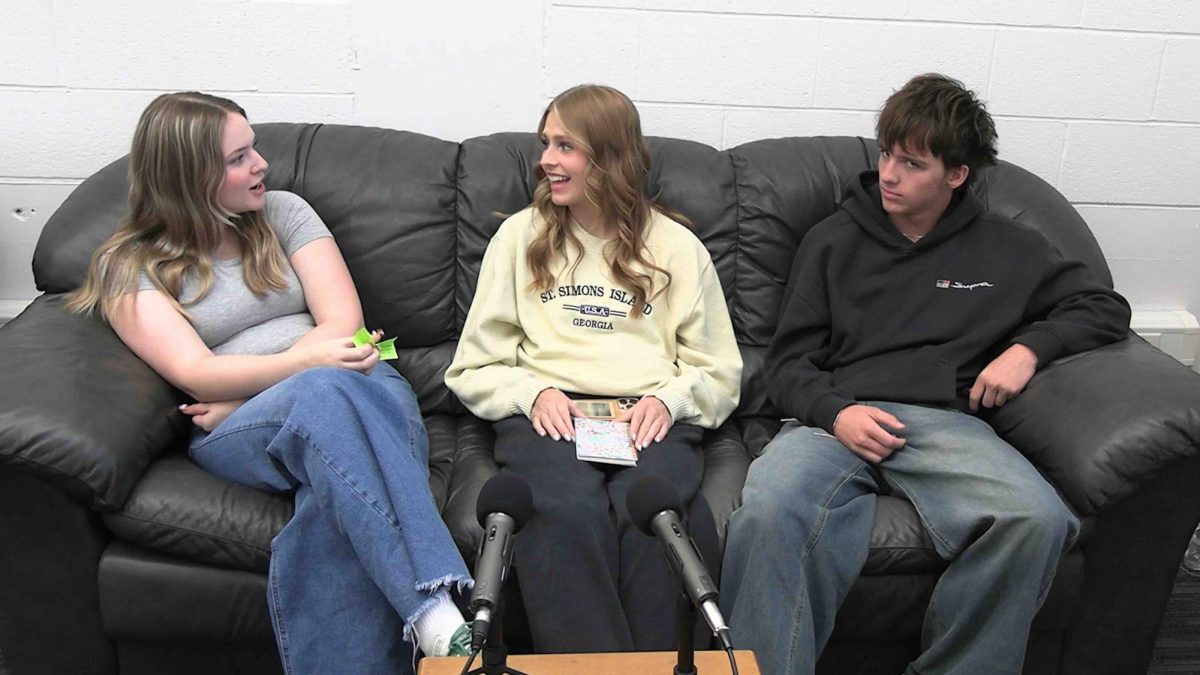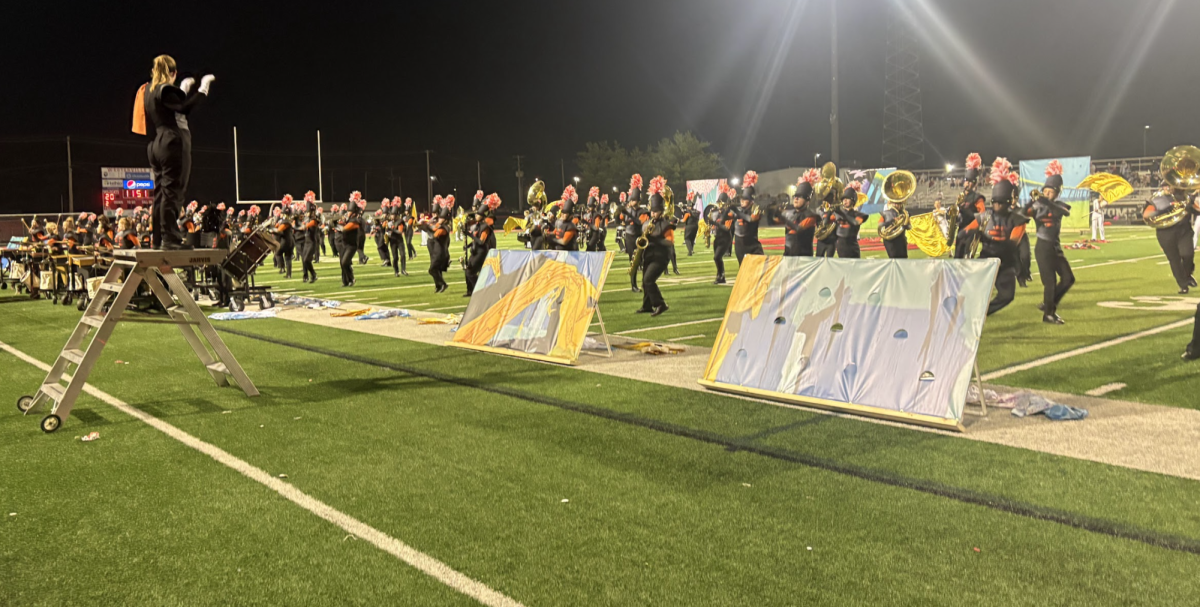Over 10 weeks, students involved in the NASA App Development Challenge worked to create an app to navigate the surface of the moon.
Students with computer science experience were given the challenge to make a path on the moon for a rover to follow. NASA provided participants with real data points from the moon.
The group was able to finish the app for the second year in a row as well as add two bonus features.
“It’s a lot and it’s very difficult,” said Joanne Meyer, the team’s adviser and computer science teacher. “So the first goal is always just to get it done. The rubric has points that you have to get done, but then there’s always bonus points. So we set the goal of ‘we’re going to get [the app] done and then we’re going to get at least two of the five bonus features done.’”
The project took an estimated 600 hours overall, each member contributing around 10 hours each week.
Group members divided the project based on everyone’s strong suits and interests. They worked on their assigned tasks outside of school then put their work together during weekly meetings.
“It made a normally solo project a team [project],” senior Rosemary Cranston said.
This year two of the five students weren’t in the class for the project, leading to one of their biggest obstacles: communication.
“We should have had two meetings every week because for opting outsiders there was a lack of communication [which] was probably the biggest problem that we showed,” freshman Isaac Highman said.
Another challenge that returning member Cranston experienced was working with new team members, with everyone having different skill sets.
“Everybody this year knew how to do something different than last year, but then there were also things that people knew how to do last year that we didn’t know how to do this year,” Cranston said. “It did create some more obstacles, but it also created more opportunities for being creative.”
Ultimately, the group was able to overcome these obstacles and submitted their final app in December. A month later on January 26, the group received their results; they moved onto the next stage of the challenge.
For the next stage, the group was sent a list of questions for them to answer and send back to NASA. Later, on February 6, the team had an interview with a panel of NASA executives where they expanded on their answers and explained their process in completing the app.
On February 28, the group received their results on whether or not they would move on to the next stage.
Unfortunately, the group will not be moving on to the next stage where they would take a tour of the Johnson Space Center in Houston, test new technology and present to the public.
Overall, the project gave the group real-life experience in programming as well as showing them what it is like to work on challenging projects in a group setting.
“I really gained the experience of working with so many different kinds of people and different strategies and whatnot,” Cranston said. “And I think that that’s just really helpful for my future career.”
Categories:
Students receive NASA App Development Challenge results
Natalie Heckert, Managing Editor
March 7, 2024
Students in the NASA App Development Challenge meet and put their work together.
2
Donate to The Talisman
$1340
$2000
Contributed
Our Goal
Your donation will support the student journalists of Rutherford B. Hayes High School. Your contribution will allow us to purchase equipment and cover our annual website hosting costs.
More to Discover
About the Contributor

Natalie Heckert, Managing Editor
Natalie Heckert (she/her) is a senior at Hayes, this is her second year on staff. She dances competitively at Performing Arts Dance Centre. In her free time, she likes to hang out with friends, listen to music, read, and sleep.


